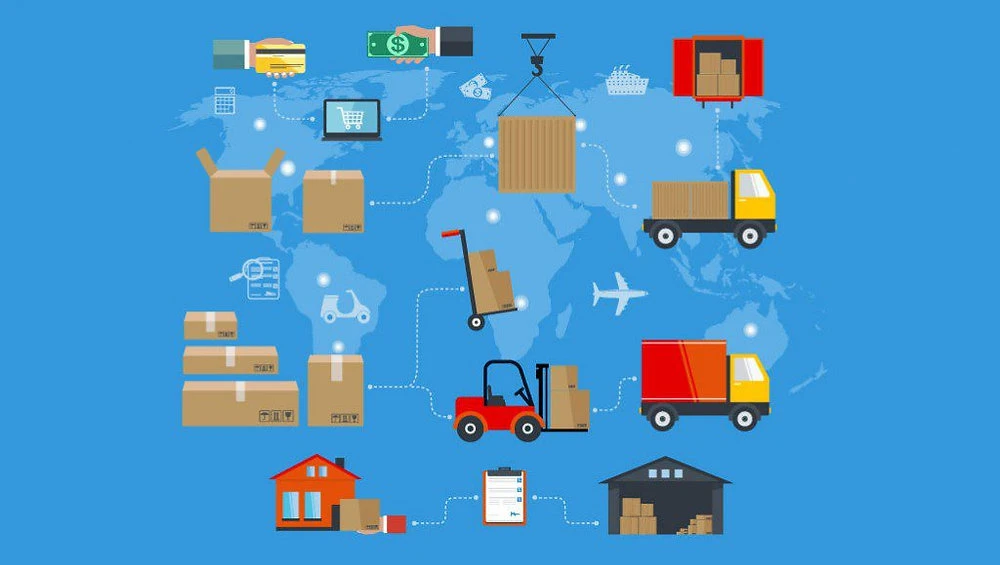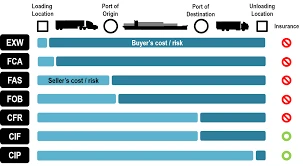Introduction
Saudi Arabia, the economic powerhouse of the Middle East, is undergoing a significant transformation—and at the heart of this shift lies a rapidly evolving supply chain ecosystem. With Vision 2030 as the national blueprint for economic diversification and infrastructure enhancement, the Kingdom is not just modernizing its logistics networks; it’s positioning itself as a global logistics hub. In this post, we explore the current state, challenges, innovations, and future prospects of the supply chain in Saudi Arabia.
1. Strategic Location: A Natural Logistics Gateway
Saudi Arabia’s geographic position connects three continents—Asia, Europe, and Africa—making it an ideal logistics hub. With 13 ports, multiple free zones, and new transport corridors under development, KSA is leveraging its location to facilitate global trade and regional distribution.
The government has launched the National Transport and Logistics Strategy (NTLS) to turn the Kingdom into a center for global logistics, aiming to boost non-oil exports and attract foreign investment.
2. Vision 2030 and Supply Chain Development
A core goal of Vision 2030 is to reduce dependence on oil and foster a thriving non-oil economy. This requires robust supply chains across sectors like retail, healthcare, food, e-commerce, and manufacturing.
Key initiatives include:
- Saudi Logistics Hub: A platform promoting investment in logistics infrastructure.
- Special Economic Zones (SEZs): Offering tax incentives and relaxed regulations to attract international supply chain players.
- Private sector participation: Encouraging local and international logistics companies to co-develop ports, warehouses, and digital platforms.
3. Digital Transformation and Smart Logistics
Supply chains in Saudi Arabia are increasingly adopting digital solutions to improve transparency, efficiency, and responsiveness.
Notable trends include:
- AI and IoT integration: Used for fleet tracking, warehouse automation, and predictive analytics.
- Blockchain in shipping: Pilots in ports like Dammam and Jeddah aim to improve customs clearance and reduce paperwork.
- E-commerce boom: Platforms like Noon and Amazon.sa are fueling last-mile delivery innovation and real-time inventory systems.





